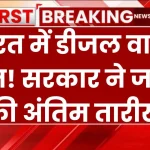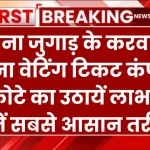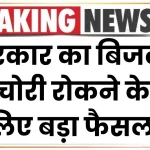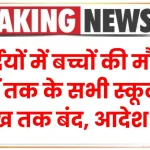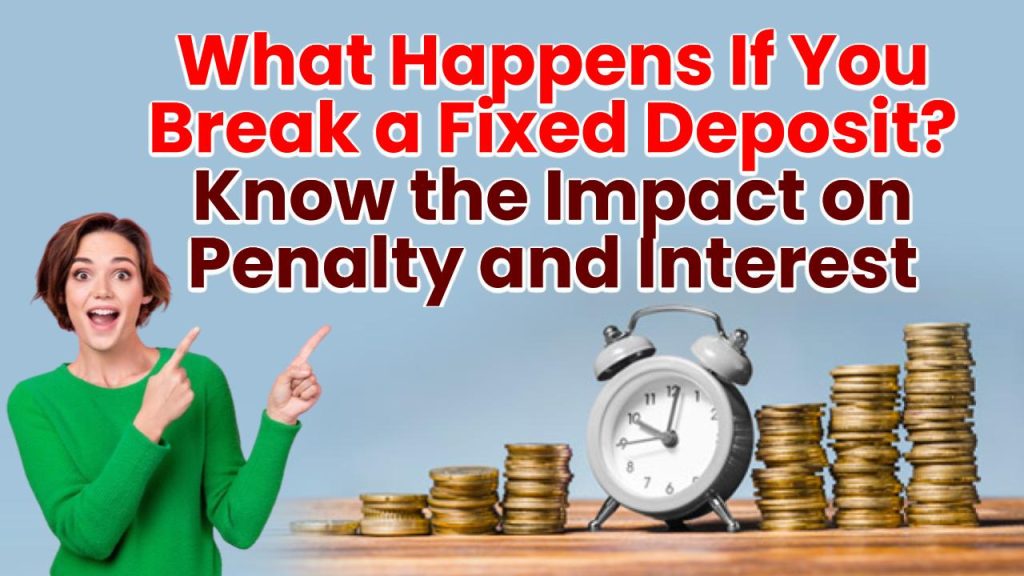
A Fixed Deposit (FD) is one of the most trusted investment options in India. It offers assured returns, capital safety, and a sense of financial discipline. But what happens if you break a fixed deposit before its maturity? That’s a question many investors face during emergencies or unplanned expenses.
If you’re considering breaking your FD early, it’s crucial to understand the penalties involved, the impact on interest earnings, and the best alternatives to avoid losing money. This guide breaks it down in a simple, actionable, and trustworthy way — whether you’re a first-time investor or a seasoned professional.
What You Should Know About Breaking a Fixed Deposit
| Aspect | Details |
|---|---|
| Penalty on Premature FD | Usually 0.5% to 1% on the applicable interest rate |
| Interest Rate Reduction | Interest recalculated at the rate applicable for the actual tenure, minus penalty |
| Tax Impact | Lower interest = lower taxable income, but TDS still applicable |
| Partial Withdrawal Option | Available in some banks like SBI, HDFC – without fully breaking the FD |
| Loan Against FD | Interest rates 1–2% above FD rate; avoids penalty and retains original FD benefits |
Breaking a Fixed Deposit may feel like an easy way out during a financial crunch — but it often comes at a cost. From penalties and lower interest rates to tax implications, premature withdrawal can significantly reduce your earnings.
The good news? You have smart alternatives like loans against FD, partial withdrawals, and FD laddering to manage liquidity without compromising your financial goals. Before you take any action, review your bank’s terms and calculate the actual impact. A small decision can make a big difference to your savings journey.
Understanding Fixed Deposits and Premature Withdrawal
A Fixed Deposit is a financial product offered by banks and post offices where you invest a lump sum for a fixed duration (say 1 to 5 years) at a predetermined interest rate. The catch? You promise not to touch the money until maturity.
But life doesn’t always go according to plan. Sometimes, emergencies strike, and you may need to withdraw funds. That’s when premature withdrawal comes in — and so do penalties.
see also: Time Limit for Special FD of These Banks Is Ending Soon
What Is the Penalty for Breaking a Fixed Deposit?
HDFC, SBI, ICICI, and More: Real Penalty Rates
Banks usually deduct a penalty of 0.5% to 1% from the applicable interest rate if you withdraw an FD early. This is not the same as the rate promised at booking. Here’s how it works:
- HDFC Bank: Charges 1% penalty on the applicable interest rate if FD is closed prematurely.
Official HDFC FD Premature Withdrawal Terms - SBI: For deposits below ₹5 lakh, there’s a 0.5% penalty; for above ₹5 lakh, it’s 1%.
SBI FD Terms and Conditions - ICICI Bank: Penalty ranges from 0.5% to 1% depending on FD tenure and amount.
ICICI Bank FD Withdrawal Guide
These penalties eat into your returns and can reduce your actual earnings significantly.
How Breaking an FD Impacts Your Interest Earnings
Here’s where it gets tricky. When you break an FD, you don’t get the original interest rate you were promised.
Example:
- You booked a ₹1,00,000 FD for 2 years at 7% interest.
- You broke it after 1 year.
- The 1-year FD rate at that time was 6.5%.
- The bank deducts 1% as penalty.
Effective interest rate you earn = 6.5% – 1% = 5.5%
So, instead of earning ₹14,000 over 2 years, you might end up earning only ₹5,500 for 1 year.
This recalculated rate ensures banks are protected from sudden liquidity changes, and also discourages frequent withdrawals.
Are There Tax Implications for Premature Withdrawal?
Yes. Fixed Deposit interest is fully taxable under the head “Income from Other Sources.” Even if you break the FD early, the interest earned is still subject to TDS (Tax Deducted at Source) at 10%, if the interest exceeds ₹40,000 in a financial year (₹50,000 for senior citizens).
So while your total interest earnings may reduce due to penalties, your bank will still deduct tax on the actual interest paid out.
You can claim TDS refunds while filing ITR, depending on your tax slab.
Alternatives to Breaking a Fixed Deposit
If you’re short on funds but don’t want to lose out on interest or pay penalties, consider these smarter alternatives:
1. Loan Against FD
Most banks offer loans or overdrafts up to 90-95% of your FD amount at interest rates 1-2% higher than your FD rate. This way:
- Your FD continues to earn interest.
- No penalty is levied.
- You get the liquidity you need.
Perfect for short-term needs like tuition fees, hospital expenses, or unexpected travel.
2. Partial Withdrawal (Only in Select Banks)
Some banks allow you to withdraw a portion of your FD — say ₹30,000 from a ₹1,00,000 FD — while the rest continues to earn interest. Only the withdrawn portion faces penalty.
Check with your bank whether this feature is enabled during FD booking.
How to Avoid Breaking an FD in the First Place
Being smart with your FD strategy can help you avoid this situation entirely. Here’s how:
Split Your FD into Multiple Smaller FDs
Instead of one big FD of ₹5 lakh, split it into:
- 5 FDs of ₹1 lakh each
- With different maturities (laddering)
Now if you need ₹1 lakh, you can break only one — saving the rest.
Keep a Liquid Emergency Fund
Always maintain 3–6 months of expenses in a savings account or liquid mutual fund. This reduces the need to touch your FD during emergencies.
Choose a Flexi-FD
A Flexi-Fixed Deposit combines savings + FD. It auto-sweeps excess balance into FD and allows partial withdrawal — ideal for those wanting returns and liquidity.
see also: Invest in post office scheme, double return on maturity
Break a Fixed Deposit FAQs
Q. What is premature withdrawal of an FD?
It means closing the FD account before the agreed maturity date. This can result in a lower interest rate and a penalty.
Q. How much penalty do I pay for breaking an FD?
Typically 0.5% to 1% of the applicable interest rate. This varies by bank and deposit amount.
Q. Is TDS deducted if I break my FD early?
Yes. TDS is applied on actual interest earned, regardless of whether you break it early or not.
Q. Can I withdraw a portion of my FD?
Some banks offer partial withdrawal. You need to check with your bank before booking.
Q. Is loan against FD better than breaking it?
Yes. It avoids penalties and retains your original FD benefits, making it a smarter option in most cases.


